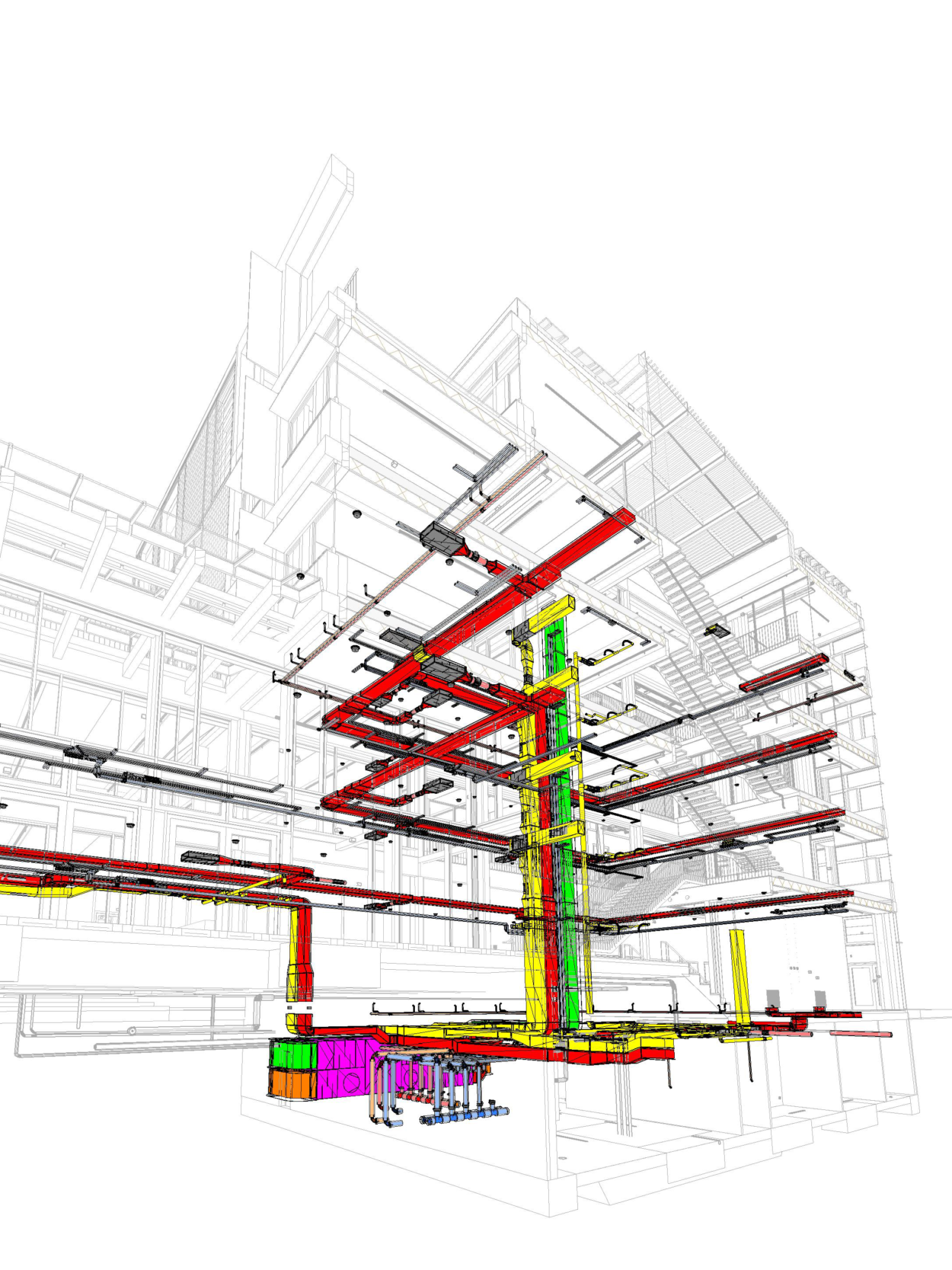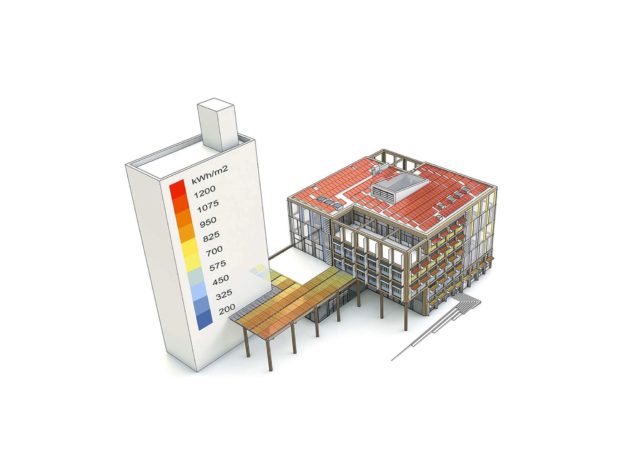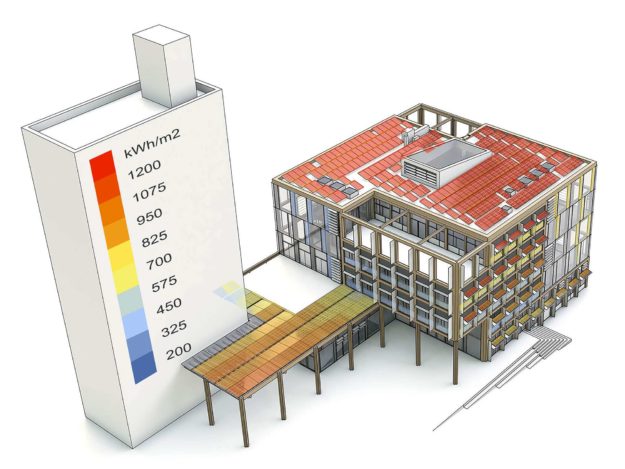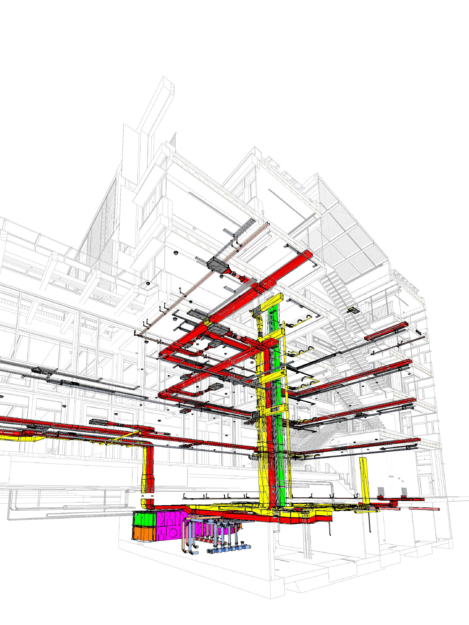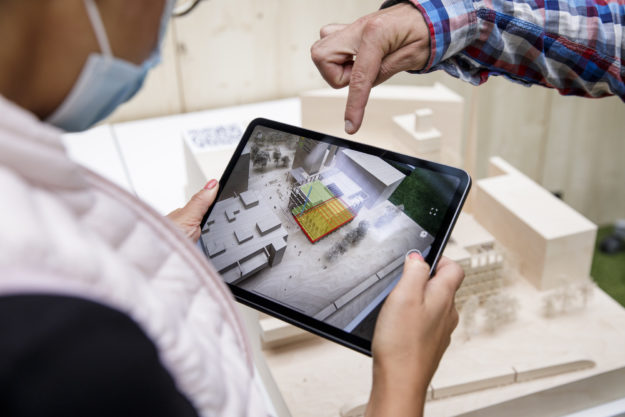Research Story
The new Smart Living Lab will be a building of the future, but its architecture will be anything but futurist. Its design is not only clean and understated but is also fully in line with the targets of the Swiss government’s 2050 energy strategy. Constructed primarily from locally sourced timber, the Smart Living Lab building aspires to be as energy efficient, environmentally friendly and sustainable as possible. When it opens in 2025 on the bluefactory site in Fribourg, it will provide workspace as well as a laboratory at scale for up to 130 researchers.
Several research teams from EPFL, the School of Engineering and Architecture of Fribourg and the University of Fribourg will share the nearly 5,000 m2 building and its comfortable and efficient work spaces. The building will also offer facilities that support a wide range of research activities and experimental work. The construction phase will run from 2023 to 2025. Once completed, the new Smart Living Lab building will be a flagship of the Bluefactory innovation district in the heart of Fribourg.
Sensors will permanently monitor energy consumption, environmental quality and the use of space. These data will be continually fed into a shared database and a building information modelling (BIM) system, which, in the interests of data access and information sustainability, will function according to the ‘openBIM’ principle (see below). What emerges from this data is a digital twin, which will serve three main purposes. The first and most important are post-occupation assessments. These will make it possible, for example, to verify whether the building has reached its target performance levels or not. The digital twin will also be helpful during the planning and research phases as a number of its modular elements enable the in situ testing of future innovative solutions for the construction industry.
Finally, the digital twin will optimise the construction process and the monitoring of how the building evolves with use. Even after its construction is complete, the Smart Living Lab will continue to grow and mature so that it serves the needs of research and science as best as it possibly can, improves its performance, safeguards its longevity and secures its place at the forefront of innovation.
Exploring the full potential of BIM
As the Smart Living Lab is designed to function both as a research facility and as a research tool, it was digitally modelled (BIM) very early on in the project. As Sergi Aguacil, who is head of the Smart Living Lab’s Building2050 research group and manager of integration of innovation in the building, explains, "We want to show that we can take the BIM system much further than is currently the case."
According to Aguacil, who holds a PhD in architecture, BIM is primarily used as a building design tool. However, we use BIM to explore the third dimension. This technology also makes it possible to add other dimensions like time, which in turn allows us to understand how the evolution of the facility, its construction, operating costs, indoor air quality and even the amount of natural light it has."
Mapping construction over time
These are all elements that the researcher intends to integrate in the Smart Living Lab database, "It will become a case study of the operational phase of a building." The construction process will also be thoroughly documented thank to regular videos and photos, “This means that we will be able to preciselv map the building process over time." For Aguacil, "This documentation will also allow us to deconstruct the building in the same way that a scanner would." This will help the researcher and his team to understand the mechanisms which prevent the building reaching the performance targets that the digital modelling had predicted.
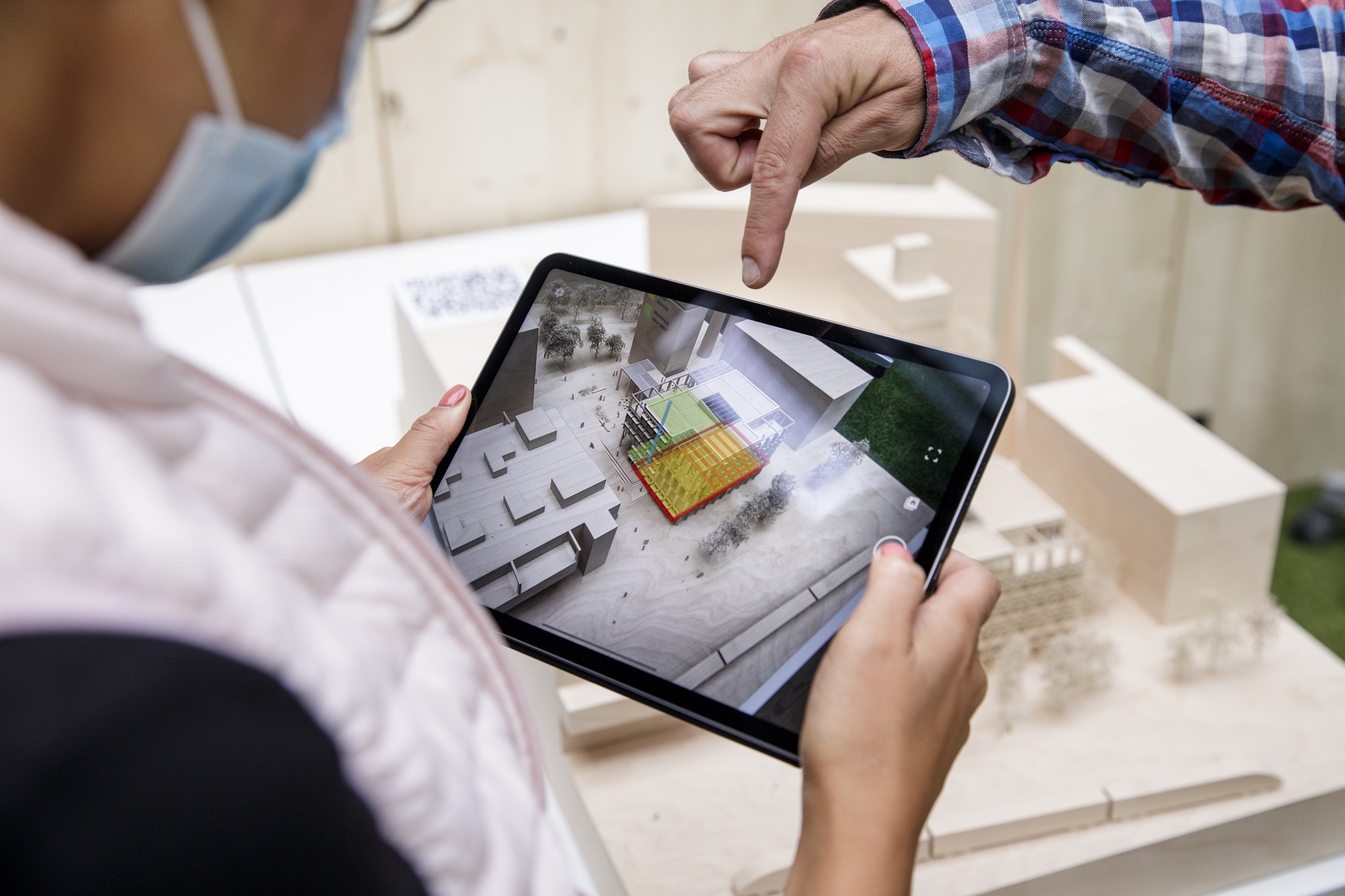
"BIM will become a case study of the operational phase of a building."
All this data together with the digital building models is allowing the team to create a digital twin of the new Smart Living Lab. Once complete, it will allow the Smart Living Lab team to optimise the monitoring and maintenance management of the building. A full-scale test carried out by the Building2050 group using the CELLS research infrastructure, also based on the bluefactory site, demonstrated that not only does the digital twin work, it opens up a whole range of new possibilities as well.
openBIM – an essential collaboration tool
As well as using openBIM to deal with the very pragmatic issues connected with the construction of the new Smart Living Lab (building process, materials, technologies etc.), the Building2050 Group is actively helping to improve this technology which aims to facilitate and improve interoperability, collaboration, and the sustainability of information by relying on open data formats rather than proprietary ones.
As head of the Group Sergi Aguacil explains, "The objective of a BIM system is to allow all of the trades involved in a construction project to communicate and share information with one another." For the Smart Living Lab specifically, openBIM means that every single research team enjoys easy access to the latest and most accurate data, without the need for specific software. "Software interoperability is a major concern. Different open-source tools are coming on stream to address this problem. For our part, we are developing a Speckle server that will let all members of the Smart Living Lab team access data that connectors have extracted from lots of different types of software."
Before any company starts using BIM, it must first define the objectives and the added value that BIM will bring to the day-to-day work of all professionals involved.
Sergi Aguacil, Head of Building2050, EPFL
"Platforms based on open standards now compete with commercial solutions and proprietary formats” but, as Aguacil is quick to point out, "BIM only makes sense if it is accessible and interactive. This is especially true when you add in the time factor. If we want to still be able to access these data in 25 or 30 years' time and be able to monitor, maintain, renovate and manage the building the whole way through to the end of its life cycle, then this information needs to be saved using open formats."
The Building2050 Group is also in the fortunate position to have the encyclopaedic expertise of a team of IT specialists from the EPFL on hand. "To get around and even solve BIM’s interoperability problems, you have to have the knowledge needed to navigate code-sharing servers." This has led to the emergence of new training courses and posts in the architecture, engineering and construction fields.
Text: Sophie Roulin. Photo portrait: Thomas Delley. Pictures: Building 2050, EPFL - Simon Pracchinetti - Nicolas Brodard, Horsform.
Gallery
Contact
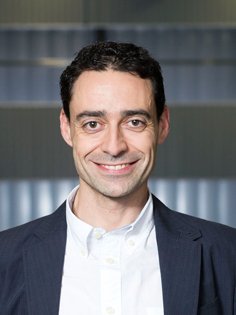
Sergi Aguacil Moreno
-sustainable architectural technology
-design and construction processes
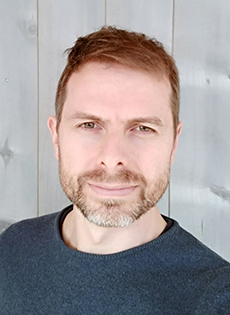
Sebastian Duque Mahecha
-design and construction processes
-building information modeling BIM
Information
